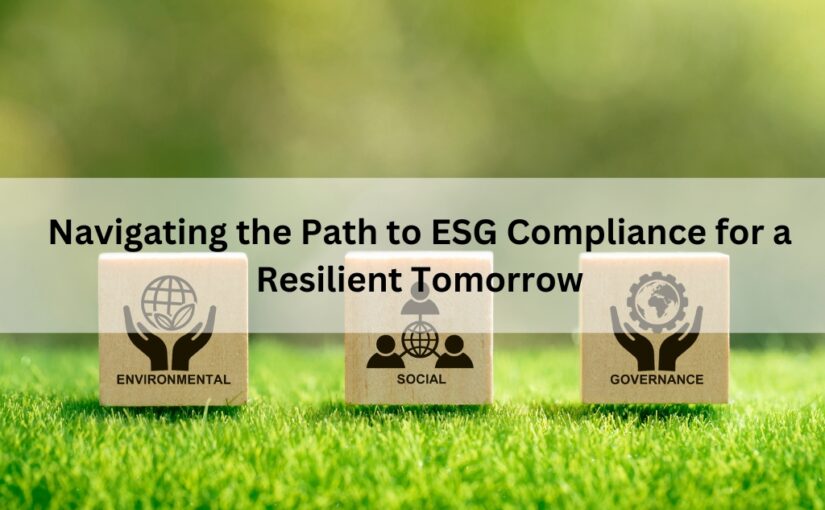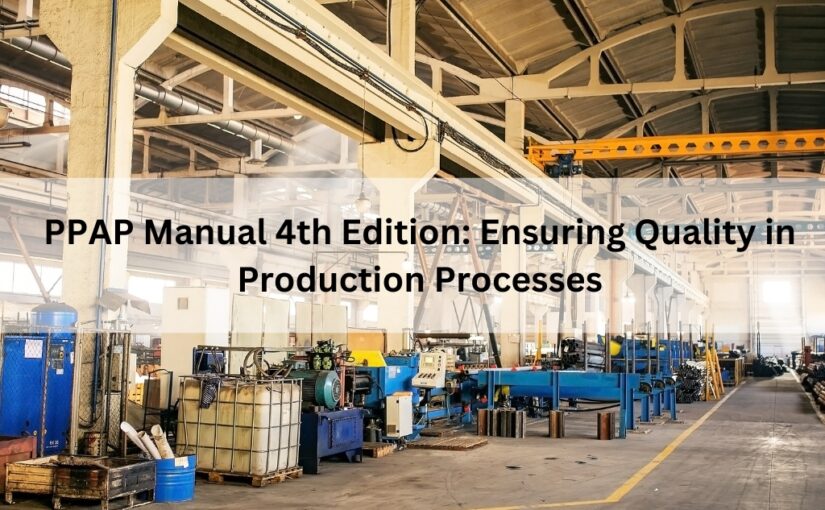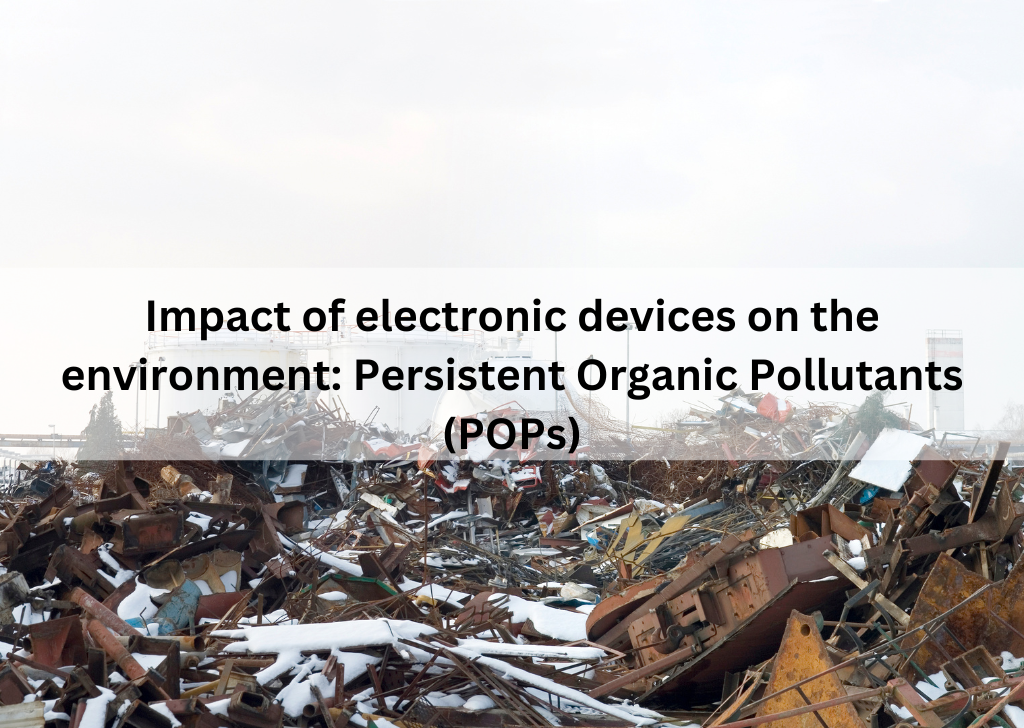Recycling an End-of-Life Vehicle – More Than Just a Metal Cube
The complex new GADSL, ELV and REACH directives mean heavy work for vehicle dismantlers, or rather, Authorized Treatment Facility engineers. It goes a lot further than simply “cubing” a car that failed its MOT test. So, what is involved when a car reaches the end of its life, or in other words, becomes an ELV, or end-of-life vehicle?
ATF plants have to dispose of all hazardous materials, and recycle at least 85% of the rest. The first thing to be removed is the battery, then the fluids; engine oil, fuel, hydraulic fluids, anti-freeze, and even the windscreen wash. Holes are drilled to facilitate this, with oils and fluids suctioned or drained into special containers. Recyclable components such as tyres are also removed.
This all sounds familiar, but ELV, GADSL and REACH regulations mean extra care with hazardous components. Lead balancing weights, mercury-rich internal switches and trims containing hexavalent chromium must all be removed and disposed of in an environmentally compliant manner, such that they do not re-enter the supply chain as recycled goods. Other physically hazardous components, such as air bags and seat-belt pretension mechanisms, must be removed or made inactive. The car must be totally safe before being sent for further recycling. There, things become more complex, with a drive to recycle everything, from plastic fascias to fabric upholstery.
ATFs invest large sums of money to reach ELV compliance. Mechanical engineers, FPGA design consultants and system development teams are working overtime to get novel recycling patents off the ground. We at Enventure Technologies can help, offering manufacturing support at every level.










